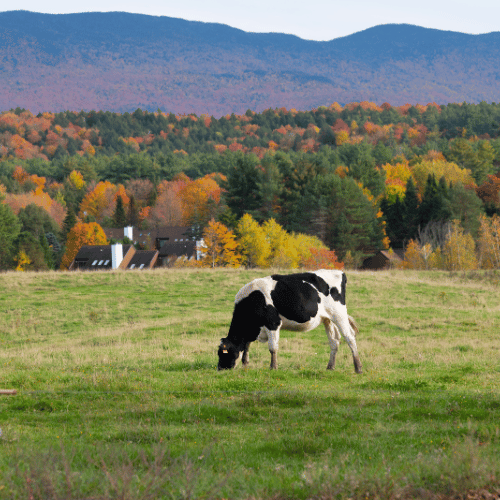Gallagher Expert Series: Seasonal Grazing Prep
Wednesday, 16 October, 2024

As autumn sets in, adapting your grazing practices is crucial to ensure that your livestock receives adequate nutrition while preserving pasture health. Changing weather patterns and declining pasture growth can complicate grazing management during the fall.
In this series we will explore strategies to maximize your forage nutrition and set yourself up for success. Adjust your rotational grazing plan for slower pasture growth and cooler temperatures. Focus on grazing areas with the most available forage first and gradually move to less productive areas. As pasture availability decreases, consider supplementing with hay or other feeds (EESI).
________________________________________________________________________________
Inventory Planning and Nutritional Needs
Transitioning seasons require extensive planning and replanning as weather and grazing conditions change. Changing weather patterns require us to rethink old patterns and manage our farms mindfully.
The first thing you need is an inventory of what you have and what you need. This begins with your class of livestock and where their nutritional needs will be during the upcoming season. Are you growing what you need for energy for your livestock? Nutrient distribution always follows the natural path of maintenance, lactation, growth, and, lastly, reproduction. Therefore, when nutrients are lacking, the decline follows the same path, only in the opposite direction.
Another way to understand this concept is to look at the nutrient needs of your livestock at different points in their life. Dry spring-calving cows with weaned calves need the least quality nutrition. Fall-calving cows need good nutrition, and their needs will increase until sixty days postpartum when milk production peaks. Growing calves also need good nutrition, and heifers lactating and still growing need the highest nutrition. Farming without these different cycles in mind is why some find it difficult to rebreed heifers.
Fall Culling Practices
Fall is the best time to cull less productive cattle. Regular culling reduces costs and greatly improves overall herd production. Winter feeding is the highest cost of keeping livestock, so don't take anything through the winter that won't contribute to a high-production herd. Pregnancy testing before winter can keep you from carrying a barren cow through the winter. Check the herd and look for bad feet, poor-performing calves, rough hair coats, broken mouth, low body condition scores, wrong body size, and any other issues that don't fit your program.
Change with the Weather
Effective farmers understand that nature is not a single variable and always consider the whole. If you haven't received much rain and you have plenty of warm-season growth, consider stockpiling some of it for fall and winter grazing. Then, if the rains come, use the stockpiled warm season growth for cattle while the other fields grow quality forage for later grazing.
If you are in an area with a killing frost, the transition to cool season growth begins about 30 - 60 days prior to the killing frost. This doesn't mean you wait to prep your fields. "Manage the forage you have" is a good motto. Managing minimum residual grazing heights is important all year, but there are exceptions, and this transition period is one of those exceptions. It is important to reduce competition from warm season vegetation, so consider grazing warm season grasses lower than normal to release the cool-season forages.
This article was written in collaboration with expert agricultural consultant Greg Brann
Greg Brann Consulting is renowned for Greg’s extensive knowledge of soil health, grass and livestock management systems, and plant identification. With over 40 years of experience in land and pasture management, Greg has developed tailored land management plans that offer practical ideas to help clients achieve their goals. With a BS degree in Plant and Soil Science and extensive experience as the State Grazing Land Soil Health Specialist, Greg brings a wealth of knowledge to his role.